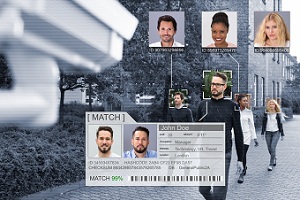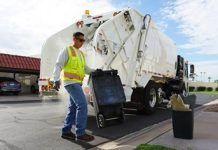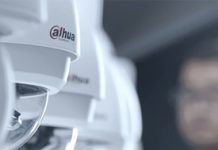According to the results of a recent survey conducted by Schoen Cooperman Research, a majority of Americans (59%) approve of facial recognition technology generally, while 68% believe that it can make society safer.
The survey, which was commissioned by the Security Industry Association (SIA) and polled 1,000 adults, found that support for the technology was even greater when it comes to specific public and private sector applications, including:
- Airlines – 75% support
- Security at Office Buildings – 70% support
- TSA and Airport Security – 69% support
- Banks – 68% support
- School Security – 67% support
- Law Enforcement – 66% support
“Americans, regardless of their background, consistently favor the use of facial recognition to enhance both safety and convenience in their daily lives,” said pollster Douglas Schoen.
Additionally, the poll found that 70% of U.S. adults believe facial recognition is accurate in identifying people of all races and ethnicities. The results showed that 66% of Americans believe law enforcement’s use of facial recognition is appropriate; 54% believe that the technology can limit human bias in investigations and nearly half (47%) believe it can even reduce racial injustice and discrimination in law enforcement. A solid majority (57%) of Americans also said they were comfortable having their facial image included in a database of images used for facial recognition if it were used to promote public safety.
Around 7 in 10 U.S. adults believe facial recognition can improve security systems and are comfortable with its use to improve security at their workplace or buildings they visit, in addition to its use to screen adult visitors at schools.
“With such significant majority support from Americans for facial recognition demonstrated in the survey, it’s clear the technology is highly valued and recognized for the role it plays in making society safer and improving people’s lives,” said SIA CEO Don Erickson. “These results indicate that oft-repeated calls by some to ban or strictly limit this technology are clearly out of step with the everyday Americans that would be impacted. Their views must be considered in high-level discussions involving decision makers in our communities over how this technology can be used most effectively and responsibly.”








